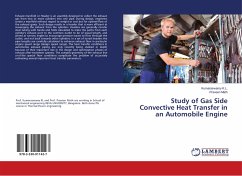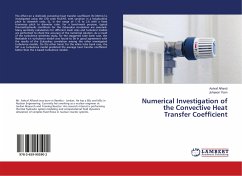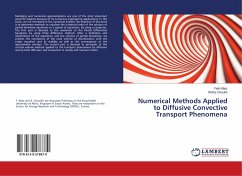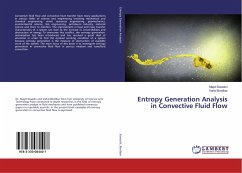Exhaust manifold or Header is an assembly designed to collect the exhaust gas from two or more cylinders into one pipe. During design, engineers create a manifold without regard to weight or cost but for optimal flow of the exhaust gases. Such design results in a header that is more efficient at scavenging the exhaust from the cylinders. Headers are generally circular steel tubing with bends and folds calculated to make the paths from each cylinder's exhaust port to the common outlet to be of equal length, and joined at narrow angles to encourage pressure waves to flow through the outlet, and not back towards other cylinders. In a set of tuned headers the pipe lengths are carefully calculated to enhance exhaust flow in particular engine speed range (design speed range). The heat transfer conditions in automotive exhaust piping are only recently being studied in depth because of their important role in the design and optimization phases of exhaust after-treatment systems. The complex geometry of the exhaust line and the special flow conditions complicate the problem of accurately estimating several important heat transfer parameters.








